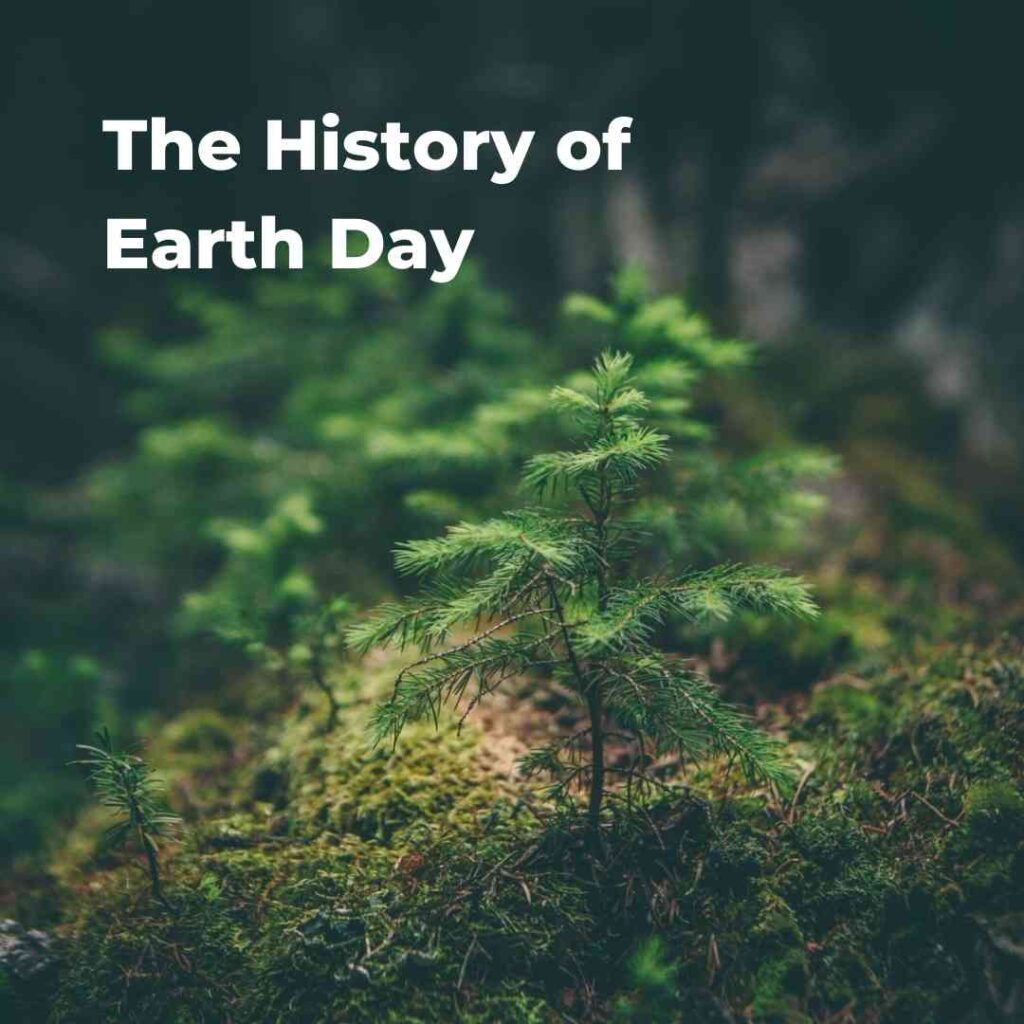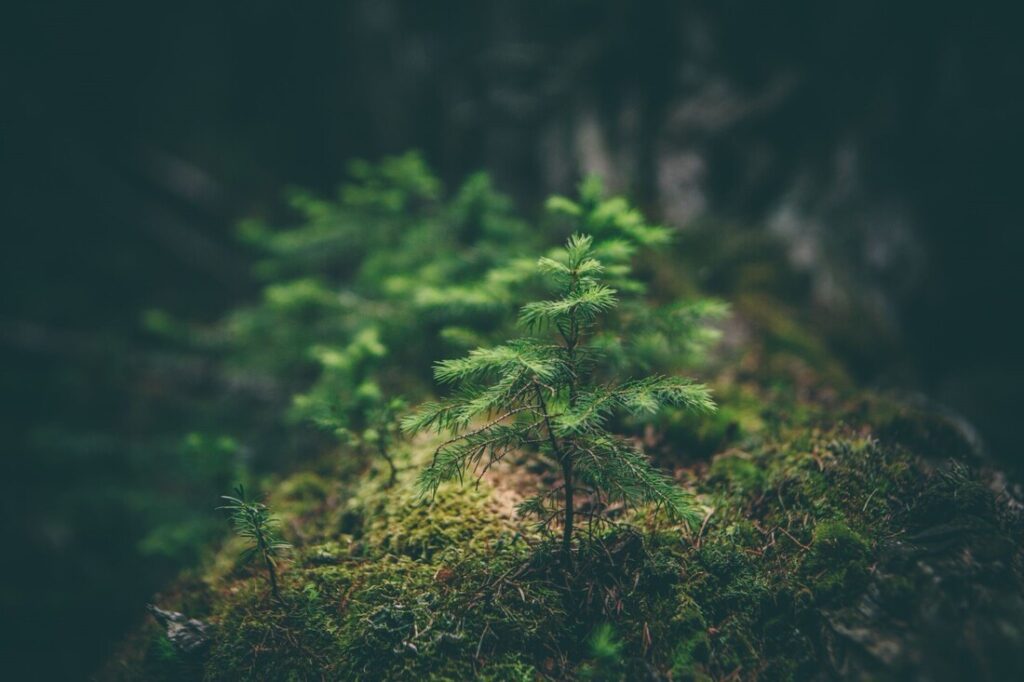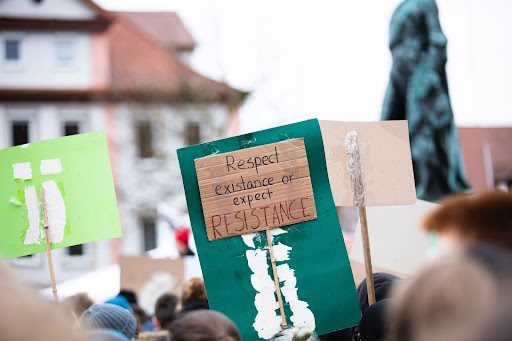The History of Earth Day
The very first Earth Day occurred in 1970, exactly 51 years ago. Back in the day, no one was conscious of the negative environmental impacts our booming and ever-growing society was creating. Automobiles began lining the streets, industries were filling the skies with fumes, and plastic was seen as a miracle material and adopted worldwide.
Caption: The industrial revolution began in the 1700s. Today, our world is fueled by coal, gas, and oil, polluting our already fragile atmosphere.
Credit: NASA, Unsplash
However, some early earth activists started opening their eyes and noticing the drastic change in the planet’s health. In 1962, author Rachel Carson published her novel Silent Spring, which shed light on the link between pollution and health. It increased awareness of living beings and nature, sparking an enthusiasm to protect our planet and all those who call it home.
Caption: Our Earth is of the utmost importance to protect. Earth Day aims to uplift environmental efforts across the world.
Credit: Matthew Smith, Unsplash
Senator Gaylord Nelson from Wisconsin was one of the people who witnessed the horrific oil spill in Santa Barbara, California, that occurred in January 1962. During that time, anti-war movements were pushing through and gaining awareness. The energy of the protestors inspired the Senator, and he wished to harness the passion and shift it towards a consciousness for the environment. He decided to gather forces with a collective day where people around the world all take a moment and think about the planet’s wellbeing. He called this Earth Day.
Caption: Earth Day was the beginning of mass environmental activism and awareness.
Credit: Markus Spiske, Unsplash
Senator Nelson’s idea was announced on college campuses through teach-ins, where students would gain knowledge about sustainability, the effects of pollution, and how to be more mindful of environmental impacts. Denis Hayes, a youth earth activist recruited to organise the teach-ins, recognised the potential global influence of Earth Day and sculpted a community of 85 members to promote the ideal. Soon, myriad organisations jumped on the environmental bandwagon.
Caption: Since 1970, America has been protesting for the health and well-being of the planet.
Credit: Markus Spiske, Unsplash
Earth Day started gaining traction. The media began exploring and publishing information on Earth day, which fuelled a reaction from the entire country. Over 20 million American citizens were soon taking to the streets, giving a voice to the degradation caused by years of industrial pollution. Finally, Earth Day became a symbol, a chance to illuminate the effects humans have on the planet’s ecosystems. Environmental organisations weren’t the only ones to join the cause. On Earth Day in 1970, Republicans and Democrats started to support the notion. By the end of the year and for the following ten years, the initial Earth Day inspired and led to various environmental laws adopted across the United States of America.
Caption: Earth activists worldwide are still protesting for the planet, following the start of Earth Day in 1970.
Credit: Markus Spiske, Unsplash
In 1990, Denis Hayes was asked to organise yet another earth campaign – and it went global. Over 200 million people from 141 countries worldwide supported and participated in Earth Day, uplifting recycling efforts and inspiring the 1992 United Nations Earth Summit in Rio de Janeiro.Today, Earth Day is celebrated as a cherished emblem of activism for the environment. It continues to spread its legacy and gain traction as the ever-looming climate crisis pushes forward. It initiates global conversations and stirs the growth of environmental action, efforts, and organisations worldwide.
But Earth Day isn’t just a day – it’s a way of life. Every day is Earth Day, and every day, we can do our bit to aid in the planet’s well-being.
Caption: There’s only one planet like ours. We need to protect and preserve its splendour, abundance, and power.
Credit: Landon Parentea, Unsplash
Resources:
https://www.earthday.org/history/











